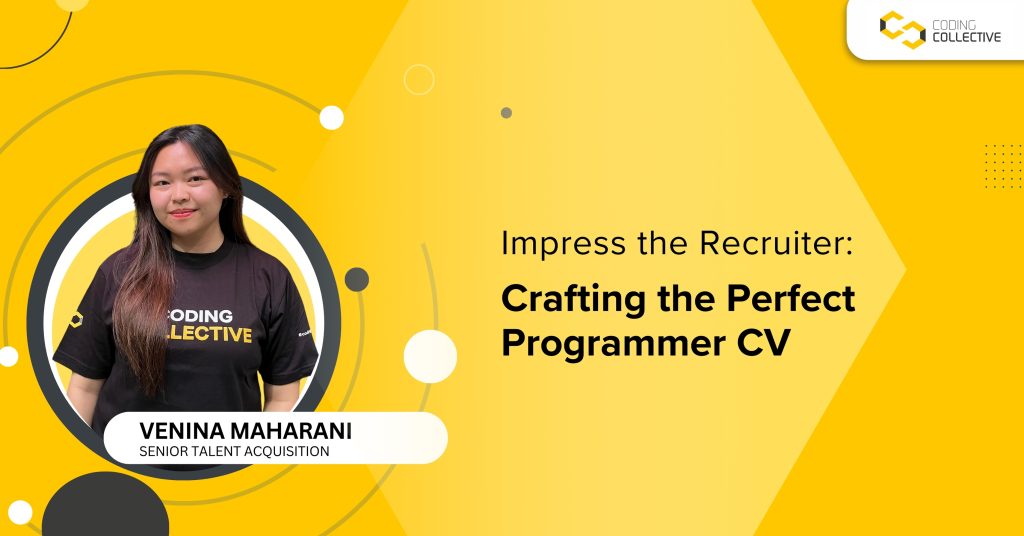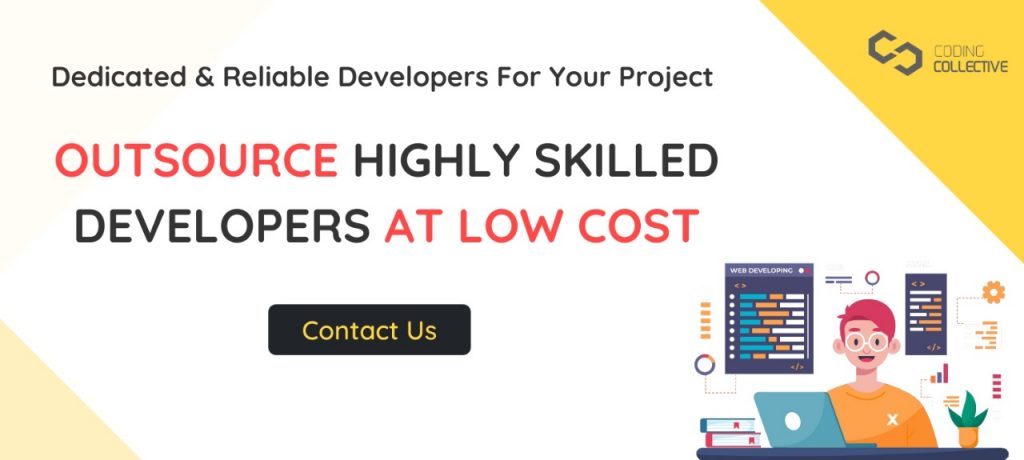
In the competitive world of programming, your CV is your first line of code to securing your dream job. It’s more than just a document; it’s a digital handshake, a first impression that can make or break your chances. To craft a CV that truly stands out, you need to understand its importance, its key components, and the common pitfalls to avoid.
Why Your CV Matters
Your CV is your personal marketing campaign, condensed into a few pages. It’s a powerful tool to showcase your skills, experiences, and achievements. A well-structured CV can be the difference between getting lost in the application black hole and landing that coveted interview. Remember, recruiters often sift through dozens of CVs, so yours needs to grab their attention and hold it.
Building a Strong Foundation: Key CV Components
A programmer’s CV should clearly and concisely reflect your technical prowess. At its core, it needs a few essential elements. Your header should be professional, including your name, contact information, and a polished profile picture. A compelling summary follows, briefly outlining your career goals and key strengths.
Next comes the technical meat of your CV: your skills. Detail your programming languages, frameworks, and tools with precision. This is where you showcase your expertise. Then, dive into your projects, highlighting the technologies used and your specific contributions. Your work experience section should clearly outline your previous roles, companies, and responsibilities, emphasizing your technical achievements. Finally, don’t forget to include your educational background, certifications, and any additional relevant qualifications.
Crafting a Standout CV: Tips and Tricks
To truly impress recruiters, your CV needs to go beyond the basics. Tailor it to each job application, emphasizing the skills most relevant to the position. Quantify your achievements whenever possible. For example, instead of saying “Increased website traffic,” specify “Increased website traffic by 20% through SEO optimization.”
Leverage the power of keywords. Use terms from the job description to optimize your CV for applicant tracking systems (ATS). Proofreading is essential; even a small typo can create a negative impression. While comprehensive, your CV should also be concise. Aim for two pages unless you have extensive experience.
Don’t underestimate the value of transferable skills. Even if you’ve worked in a different industry, highlight problem-solving, teamwork, and other adaptable abilities. And remember, a touch of personality can make your CV memorable.
Avoiding Common Mistakes
There are several common CV mistakes that can hinder your job search. A generic, one-size-fits-all CV is a major red flag. Too much detail can be overwhelming, so focus on the most relevant information. Pay attention to formatting; a messy CV is unprofessional. Always be honest about your skills to avoid any surprises later. And while technical skills are crucial, don’t forget to highlight your soft skills, such as communication and teamwork.
By following these guidelines and infusing your CV with your unique professional journey, you’ll create a document that not only impresses recruiters but also sets you on the path to your dream programming role. Remember, your CV is your first opportunity to showcase your potential as a programmer. Invest time in crafting a compelling document that accurately reflects your skills and experiences. With careful attention to detail and a strategic approach, you can create a CV that stands out from the crowd and opens doors to exciting career opportunities.

